An international collaboration in which the University of Skövde has participated has led to publication in the prestigious magazine Brain. The research presented highlights, among other things, a 7000-year-old genetic mutation that provides explanations for hereditary motor neuropathy - a disease that affects nerves and causes muscle weakness.
In an international collaboration, Homa Tajsharghi, professor of biomedicine at the University of Skövde, together with researchers from the USA and the University of Oxford and University College London, both in England, have found that a 7,000-year-old genetic mutation is responsible for a rare form of hereditary motor neuropathy (HMN). HMN affects the nerves that lead from the spinal cord to the muscles of the arms and legs, and causes muscle weakness that affects movements in the feet and legs.
May be responsible for the unexplained HMN cases
HMN often begins in the teenage years, but it can also occur later in life. It is estimated that one in 500 people of European descent carries the primary gene mutation, and about one in a million is affected by the condition. It is estimated that the genetic variants in the now discovered gene VWA1 may be responsible for up to one percent of unexplained HMN cases in Europeans. This specific gene is highly expressed in the tibial nerve which activates the muscles in the bone, so it is reasonable that VWA1 deficiency can cause peripheral neuropathy.
– The discovery of the VWA1 gene is important in many ways, including understanding the pathophysiology of hereditary motor neuropathy. The discovery may also lead to a correct diagnosis of patients where several may have had to wait for many years to find out the exact cause of their condition. The detailed clinical characterization provided here will facilitate targeted testing on suitable patient cohorts, Says Homa Tajsharghi, professor of biomedicine at the University of Skövde.
Published in the Brain journal
The research work has now been published in the prestigious journal Brain, where collaboration between geneticists and clinicians has found that the new disease gene VWA1 was linked to the progressive condition HMN in 17 individuals from 15 families.
Read the article on the journal Brain's website.
Read about patients' experiences after participating in the study.
